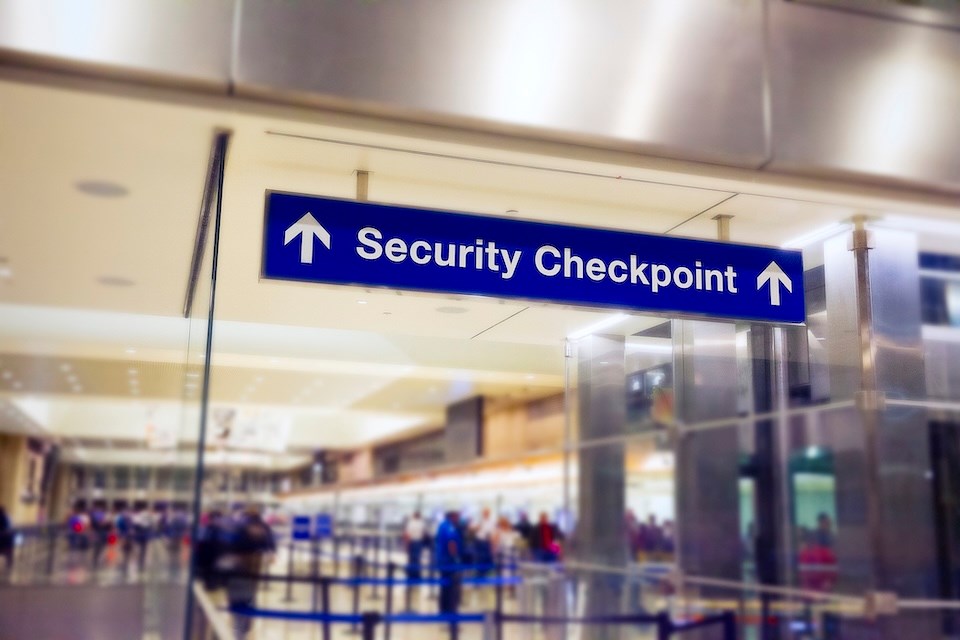The United States has issued "do not travel" warnings for 21 countries worldwide, sparking global attention. However, the Canadian government advises its citizens to avoid travel to 22 of them.
The U.S. State Department updated its travel advice for citizens on Thursday, May 1, adding North Korea to the list of places its citizens should not travel to. It also added Burkina Faso in April.
Previously, the government added Yemen, Iran, South Sudan, and Syria in March to its do-not-visit list.
Two other countries were added in 2025: The Democratic Republic of the Congo and Afghanistan were added in January.
The country has four security alert levels, with "do not travel" its highest.
The U.S. currently includes these 21 countries on its "do not travel" list (with date added):
- North Korea (Democratic People's Republic of Korea) - April 29, 2025
- Burkina Faso - April 16, 2025
- Yemen - March 31, 2025
- Iran - March 31, 2025
- South Sudan - March 8, 2025
- Syria - March 3, 2025
- Democratic Republic of the Congo - Jan. 29, 2025
- Afghanistan - Jan. 13, 2025
- Lebanon - Dec. 27, 2024
- Central African Republic - Dec. 26, 2024
- Belarus - Dec. 18, 2024
- Iraq - Nov. 22, 2024
- Ukraine - Nov. 14, 2024
- Venezuela - Sept. 24, 2024
- Haiti - Sept. 18, 2024
- Libya - Aug. 1, 2024
- Somalia - July 23, 2024
- Russia - June 27, 2024
- Burma - June 6, 2024
- Mali - July 23, 2023
- Sudan - April 22, 2023
The U.S. has a free Smart Traveler Enrollment Program (STEP) for citizens to register their trip abroad so the Department of State can quickly contact them in an emergency.
How does Canada's "avoid all travel" list compare to the U.S. roundup?
The Canadian government has four travel risk levels: take normal security precautions, exercise a high degree of caution, avoid non-essential travel, and avoid all travel.
The highest advisory, "avoid all travel," comes with a strict warning. Canadian authorities note that "your personal safety and security are at great risk" if you travel to a country with this warning. Canadians already in a destination with the highest risk should consider leaving if they can safely.
Canada advises travellers against all travel to one more country than the U.S., bringing its total to 22 countries citizens should completely avoid. There are several differences between the lists. For instance, the U.S. does not advise against all travel to Ukraine, but Canada does. Similarly, the U.S. advises against all travel to Russia, but Canada does not.
Canada currently includes these 22 countries on its "avoid all travel" list:
- Sudan
- Myanmar
- Iran
- Iraq
- Ukraine
- Syria
- Afghanistan
- Yemen
- Central African Republic
- South Sudan
- Somalia
- Mali
- Niger
- Democratic Republic of Congo (Kinshasa)
- Russia
- Haiti
- Lebonon
- Libya
- Norh Korea
- Belarus
- Venezuela
- Burkina Faso
Canada and the United States also advise their citizens to completely avoid travelling to some parts of countries that don't have the "do not travel" or "avoid all travel" labels.
For instance, both countries advise against all travel to several places in Mexico, although it doesn't warn against all travel to the entire country.
Canada has also recently updated its U.S. travel advisory, warning citizens of stringent border inspections and possible detainment (depending on specific circumstances, with most regarding longer stays and/or visa issues).
Find more information about exciting destinations in B.C. and across the globe, as well as travel deals and tips, by signing up for V.I.A.'s weekly travel newsletter The Wanderer. Since travel deals can sell out, find out the day they are posted by signing up for our daily Travel Deals newsletter.
Want to learn more about a specific destination or have a travel concern or idea you would like V.I.A. to write about? Email us at [email protected]. Send us stories about recent holidays that you've been on, or if you have any tips you think our readers should know about.



